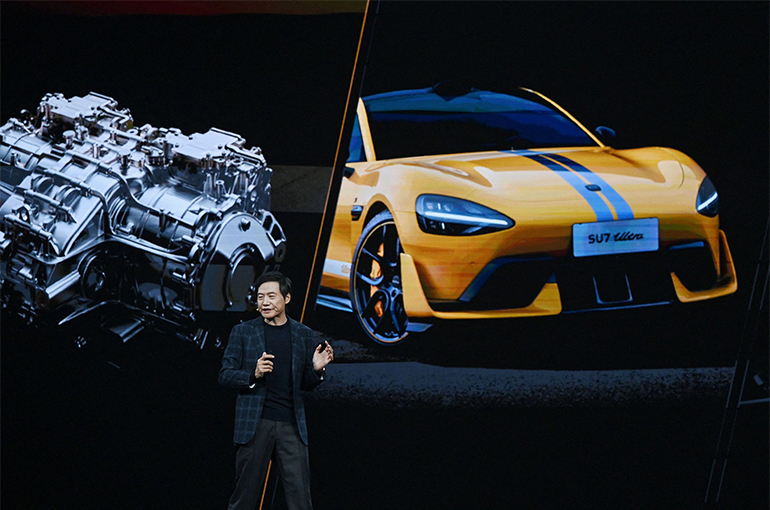 Xiaomi’s R&D Spending to Jump 25% to Over USD4.2 Billion in 2025, Founder Says
Xiaomi’s R&D Spending to Jump 25% to Over USD4.2 Billion in 2025, Founder Says(Yicai) Oct. 30 -- Xiaomi expects to lift spending on research and development by a quarter to more than CNY30 billion (USD4.2 billion) next year, with an ongoing focus on core technologies such as artificial intelligence, operating systems, and chips for cutting-edge hardware, its founder said.
The tech giant’s outlay on R&D will likely hit CNY24 billion (USD3.36 billion) this year, Lei Jun, who is also chairman and chief executive, said yesterday at a launch event for the Beijing-based firm’s latest smartphone, operating system, and electric car.
Heavy investment is pushing up costs. The Xiaomi 15 lineup, powered by the Snapdragon 8 Elite chipset, comes at a starting price of CNY4,499 (USD630). Lei warned last year that the Xiaomi 14 would be the company’s last handset priced at CNY3,999, blaming rising component costs and significant R&D spending.
The newly released Xiaomi HyperOS 2 uses AI to enhance system applications, including AI-powered writing, sound recognition, and captioning. It supports real-time translation, editing and rewriting, can distinguish between different speakers while generating summaries, and enables users to easily create sketches.
Xiaomi phones all fully support Apple devices, allowing Apple users to integrate into the Xiaomi ecosystem, Lei said at the event, which was held on the same day that the US firm released its Apple Intelligence software. He showed how Xiaomi’s handsets can send and receive files from Apple devices with just one tap, mirror their screens on Macs, and view iWork documents.
Xiaomi’s latest electric car, the SU7 Ultra, was also unveiled at yesterday’s event with a pre-sale price of CNY814,900 (USD114,000). Pre-orders for more than 3,680 were received within the first 10 minutes, according to the firm’s Weibo account. Deliveries are expected to start in March 2025.
Editor: Kim Taylor